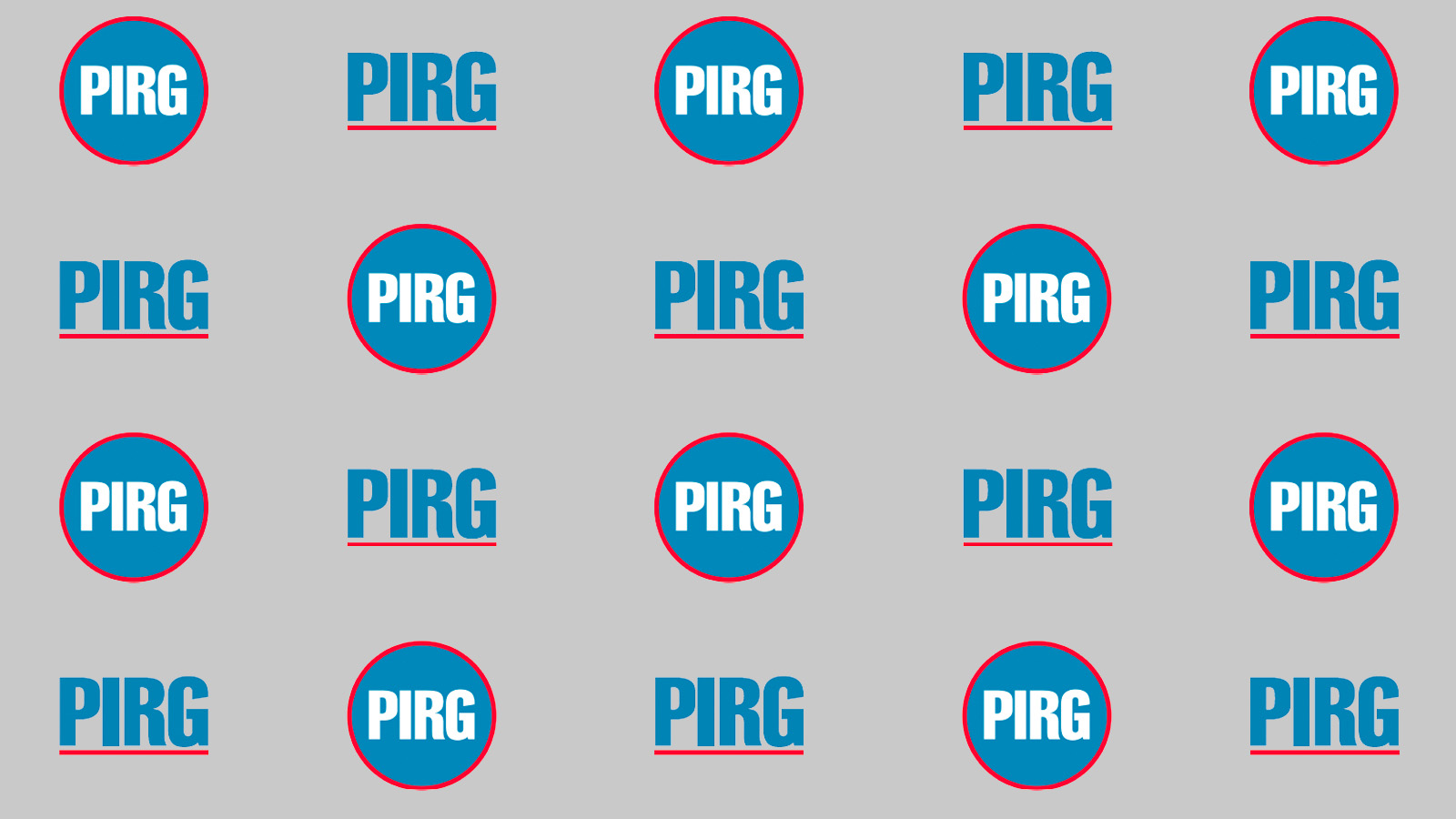
Pioneers for Clean Energy in Arizona
Energy efficiency is the quickest, cheapest and cleanest way for Arizona to meet its growing energy needs. Although the magnitude of the economic situation in Arizona and across the nation is daunting, increasing energy efficiency offers an immediate, proven and important step consumers, businesses and government can take to save money, stimulate the local economy, create jobs and other services, and protect public health.
Arizona PIRG Education Fund
Pioneers for Clean Energy in Arizona
Executive Summary
Energy efficiency is the quickest, cheapest and cleanest way for Arizona to meet its growing energy needs. Although the magnitude of the economic situation in Arizona and across the nation is daunting, increasing energy efficiency offers an immediate, proven and important step consumers, businesses and government can take to save money, stimulate the local economy, create jobs and other services, and protect public health.
Businesses, residences and local governments across Arizona are making strides to increase their energy efficiency. Our daily demand for electricity is high — from TVs to dishwashers to refrigerators to charging cell phones — we’re constantly “plugged in.” And with our energy demand expected to increase as our population grows in the future, the timing to increase energy efficiency could not be better.
Although many products are now more energy efficient, the state’s electricity consumption continues to grow and the overall energy resource mix remains dominated by coal, nuclear and natural gas.
Arizona has set a Renewable Energy Standard (RES) of 15 percent by 2025 to begin the shift to cleaner energy; however, Arizona does not have an Energy Efficiency Standard (EES). The Arizona Corporation Commission (ACC) is currently considering an EES.
The benefits of increasing energy efficiency include more stabilized prices, greater reliability and a reduction in need for transmission, distribution and other infrastructure system costs. Increasing energy efficiency does not expose customers or utilities to fluctuating fossil fuel, natural gas and other such prices. Investments in energy efficiency yield high returns and can be implemented in a short time frame and customized to specific consumer needs.
When energy supply costs are reduced, bills are lowered for customers. The resulting energy savings more than offset the cost of energy efficiency measures, and businesses and consumers save money which can be used to benefit local economies.
The consequences of continuing down a dirty and dangerous energy path include increased air pollution, unsustainable water use from operating coal and nuclear plants, escalating asthma rates, and higher and unpredictable electric bills. In addition, traditional fossil fuel plants are very costly to build and take many years to produce consumable electricity whereas energy efficiency measures can be implemented immediately.
The Western Governors Association statement, “… it is feasible to reduce electricity use 20 percent from projected levels in 2020, and do so cost effectively, through full deployment of best practice policies and programs” demonstrates the viability of energy efficiency.
Smart investments coupled with mirroring successful aspects of Arizona’s Renewable Energy Standard, such as yearly ramp-ups, benchmarks and evaluation for an EES, will ensure that energy efficiency is a sound investment for ratepayers.
Topics
Find Out More


Arizona’s ‘Gas’ Problem

El Problema del ‘Gas’ en Arizona
